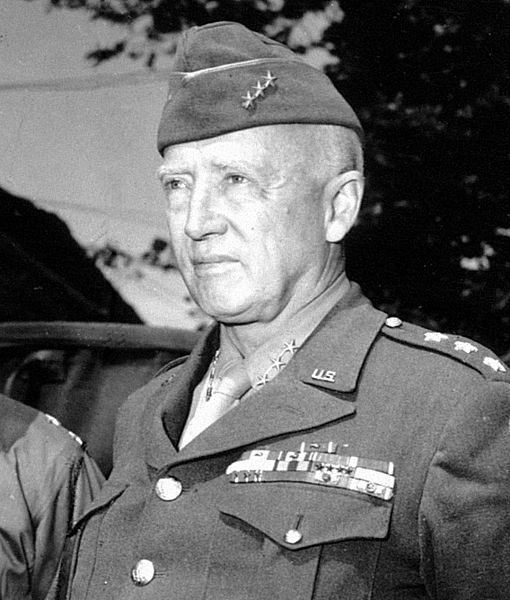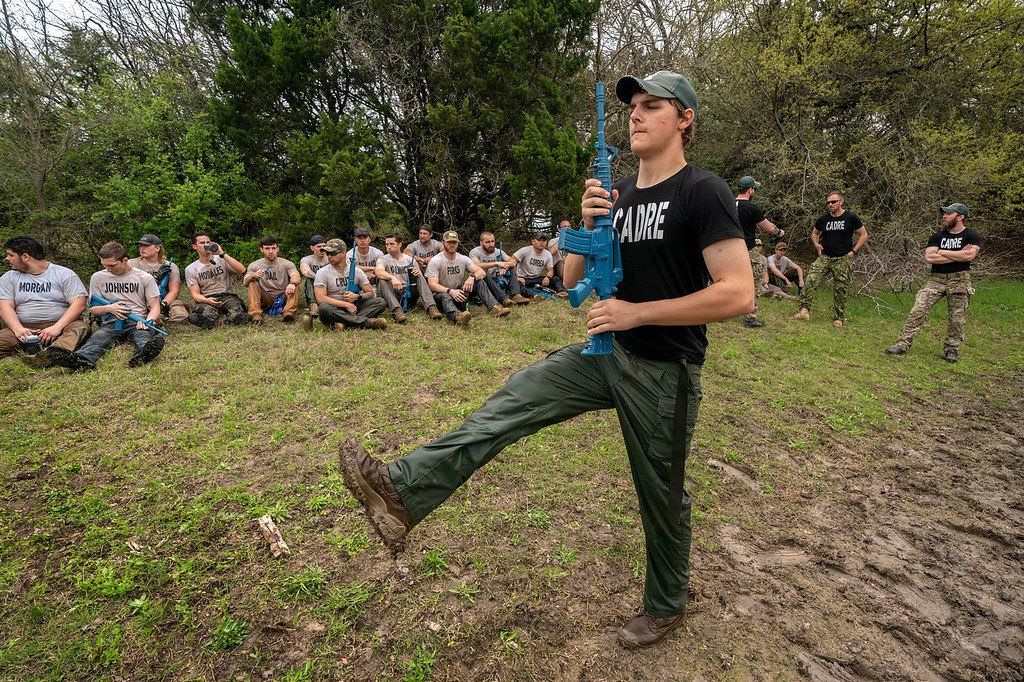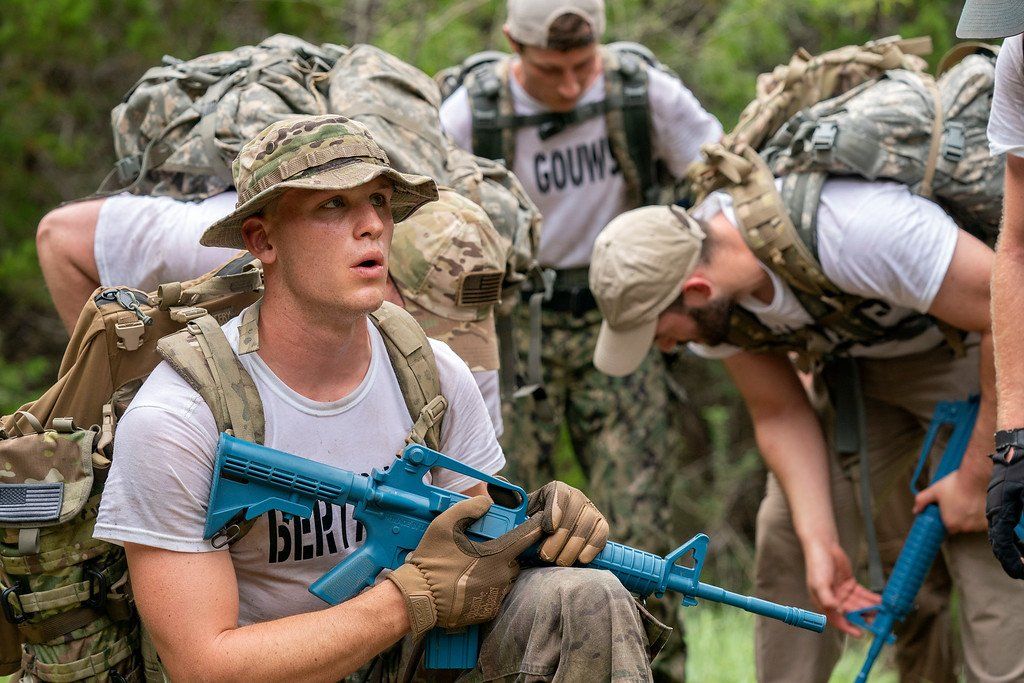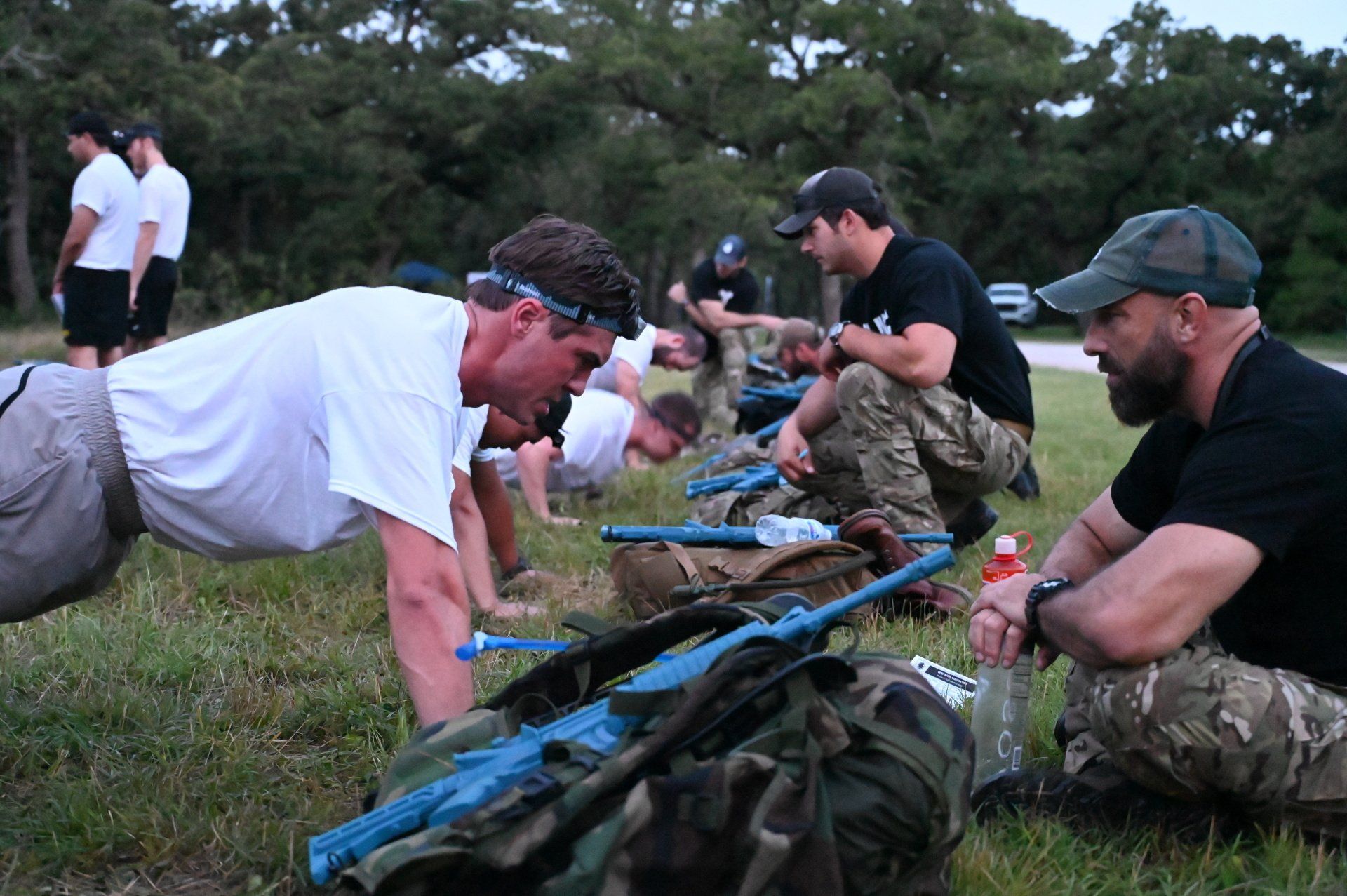The Science of Stamina
Aug 22, 2021
What it is, how it works, and how you can improve it.
Whether you’re on the military pathway or trying to become a better athlete, building your stamina is critical to reaching top performance. Stamina is your body’s ability to sustain physical effort for a long time. The better your body can handle physical stress and exertion, the better you can perform, adapt, and recover. Unfortunately, few people understand the science behind stamina, how it works, and how you can improve it. In this guide, we’ll tell you everything you need to know about building stamina and taking your performance to the next level!
The Two Aspects of Stamina: Heart and Muscle
During a stamina-demanding workout like running, rucking, or swimming, you’ll likely get tired. Although you can feel yourself getting exhausted, you’re unlikely to be able to tell what type of exhaustion you’re experiencing.
When it comes to stamina, there are two types of exhaustion that your body can undergo: 1) Cardiovascular Exhaustion, and 2) Muscular Exhaustion. While these two types of fatigue can often feel the same when you’re mid-workout, understanding the difference between them is crucial. Once you can discern between cardiovascular and muscular exhaustion and identify which is happening to you, you can train your body accordingly!
Cardiovascular exhaustion happens when your heart’s ability to circulate blood can’t keep up with your rate of exercise. In order to function properly, your muscles need oxygen. The biochemistry of how your muscles use oxygen is quite complicated. Essentially, they use the oxygen to produce the energy they need to contract. Therefore, the faster the pace of your workout, the more your heart rate must increase to supply oxygenated blood to your muscles. At a certain level of exertion, your heart can’t supply enough oxygenated blood to your muscles – your body is forced to slow down and lower the intensity of exercise.
Muscular exhaustion occurs when your muscles run out of the chemicals they need to make contractions. When your muscles are low on oxygen during exercise (because of cardiovascular exhaustion), they start breaking down carbohydrates for energy. Carbs are a great source of energy. Unfortunately, a byproduct of your muscles using carbohydrates for energy is the release of lactic acid. The lactic acid in your muscles causes pain and soreness. As you exercise further, the combination of lactic acid and physical muscular exhaustion (microtears in your muscle tissue) impair your body’s ability to continue training.
Since there are two different types of exercise fatigue, it makes sense that there are multiple training methods for improving your cardiovascular and muscular stamina. In this next section, we’ll discuss the science between training both types.
The Science of Cardiovascular Training
When it comes to cardio, two significant factors determine how much blood your heart can circulate: heart rate and heart volume. Heart rate is the number of times your heart can beat every minute, while heart volume is how much blood each contraction pumps. When it comes to heart rate, there’s not much you can do to improve it. Depending on your age, you will have a maximum heart rate that your body can keep up. In terms of heart volume, it is mostly determined by your genetics, but there are ways that you can increase it.
In essence, increasing your heart volume requires you to stretch your heart. While this might sound strange at first, there are exercises that you can do to expand your heart and increase its volume: HIIT Training. We’ve talked about HIIT (High-Intensity Interval Training) workouts in previous guides. In essence, it’s all about making your heart rate as high as possible for a short period and then resting until it returns to its resting tempo. Over time, this repeated stress and relaxation can stretch your heart and increase its volume – thus making it able to pump more blood at the same heart rate.
The Science of Muscular Endurance
Just like with cardiovascular output, your muscular endurance is partially determined by genetics. In general, there are two types of muscle fibers: fast-twitch and slow-twitch. While everyone has a mix of both, one type of fiber is usually dominant in a person’s body. Fast-twitch muscles are responsible for fast, explosive movements but get fatigued quickly. Slow-twitch muscles, on the other hand, are slow to fatigue but aren’t as dynamic.
While you can’t change the types of muscle fibers you have, you can improve their ability to metabolize oxygen and resist fatigue. If you want to improve your muscular endurance, you must put your muscles under regular stress during your workouts and train them to failure. The best way to do this is to use lighter weights and do more repetitions. While most workouts have you doing somewhere in the range of 8 - 12 reps, muscular endurance training will have you aiming for around 20.
Repetition and Consistency
Regardless of which aspect of your stamina you’re trying to improve, consistency is the key to your performance. If you don’t regularly train your muscular and cardiovascular endurance, you won’t experience sustained growth. When your body gets bigger or better able to handle the stress of working out, it’s simply adapting to its more physically demanding environment. The only way to build adaptability and stamina, and see significant changes in your physical performance is to put your body under sustained pressure over time. Make cardiovascular and muscular stamina training a key part of your weekly training regimen.
Building adaptability requires you to seek out and overcome difficulty, train how you fight, and set high standards for yourself. If you want to access a training program that will make you do all of these things, get started with an OA Workout Program. Our training systems are tailor-made for those looking to enter and excel in a military career. They are made and curated by operators and focus on developing the specific physical abilities that you need to become an effective warrior in the field. Whether you want to optimize your physique, crush your next ruck march, or have the fastest 5-mile pace in your class, we’ve got you covered. Start forging your future by visiting our workouts page
and starting an OA Workout Program today!








